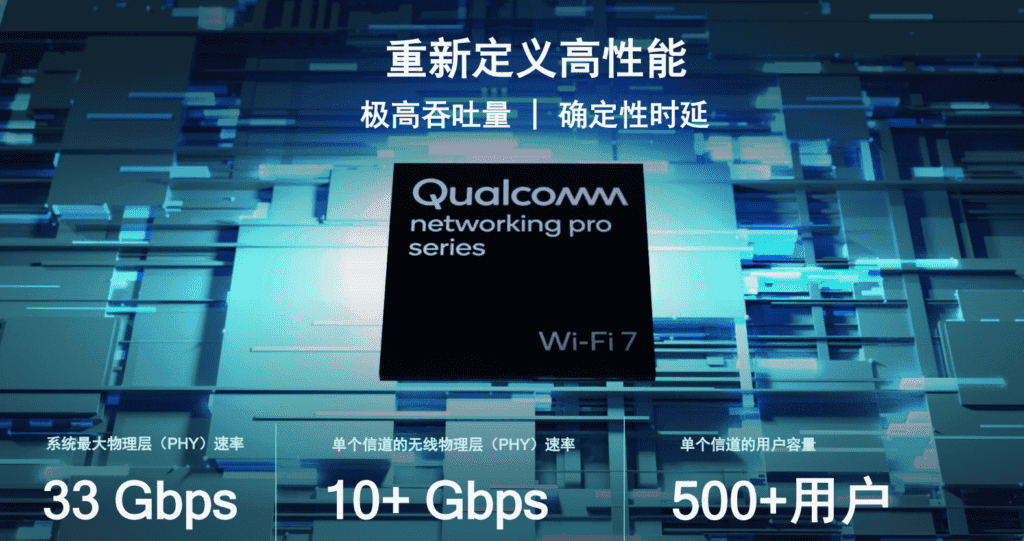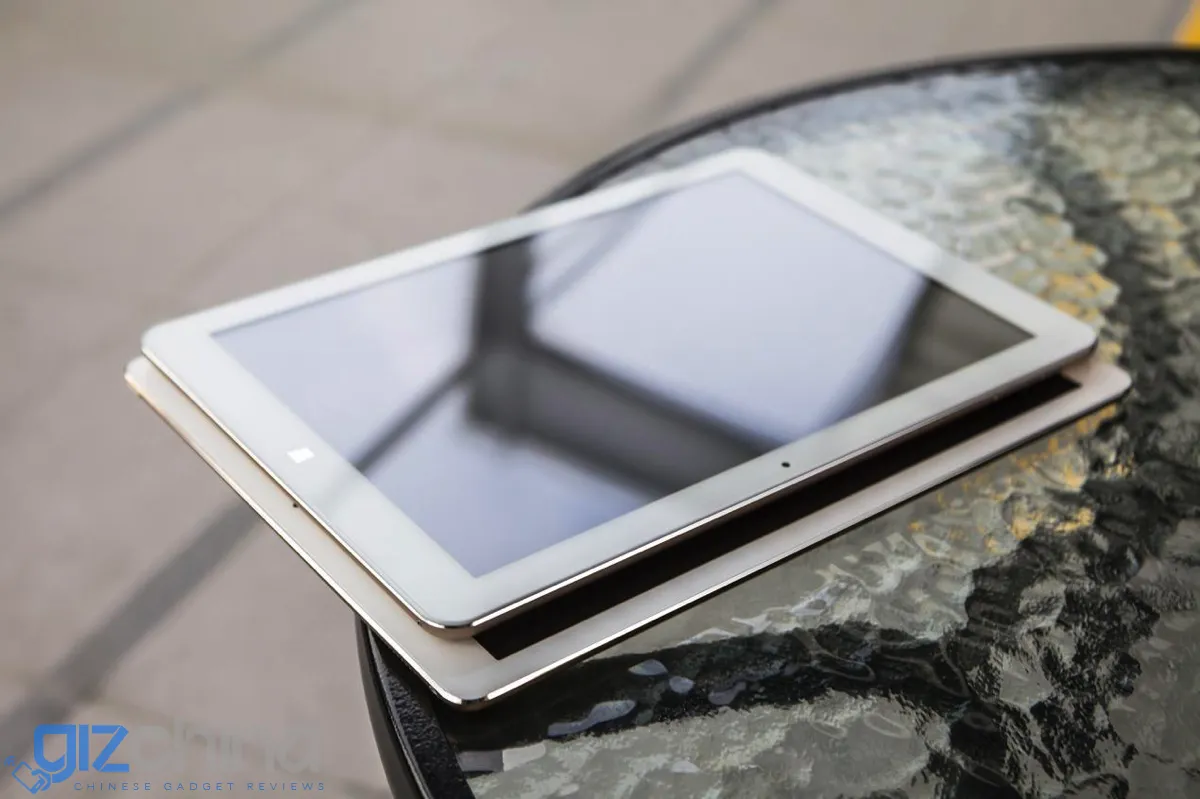Over the past two years, Wi-Fi 6 wireless network has been the standard for smartphones and routers. However, we are now slowly entering the Wi-Fi 7 era. The popularization of this wireless network will take place in the future. Nevertheless, we already have some Wi-Fi 7 products. Since this year, MediaTek, Broadcom and Qualcomm have all launched Wi-Fi 7 wireless products. The rate can reach up to 33Gbps, but it will take a long time to popularize Wi-Fi 7.

According to a report from industry insiders, many brands are not so optimistic about the rate of acceptance of Wi-Fi 7. They believe that mass production will not enter the market until at least 2024. In addition, this network will have to wait until 2025 or even 2026 before it can fully replace Wi-Fi 6. This means that we will have to wait three to four years before most smartphones will use this standard.
Qualcomm Networking Pro x20
A few days ago, Qualcomm officially released the Networking Pro x20, the world's most scalable commercial Wi-Fi 7 professional networking solution. It is also the third generation in Qualcomm's Networking Pro series.
The Qualcomm Wi-Fi 7 platform is leading the shift of the industry to Wi-Fi 7. Qualcomm has been a global Wi-Fi leader for more than 20 years. Thus, it is not a surprise that the Qualcomm Wi-Fi 7 is already available. The available spectrum of Wi-Fi 7 increases to 1760MHz, an increase of nearly 100 times relative to the earlier Wi-Fi 3/2/1. The number of wireless channels has also increased from 1 to 3-4. Furthermore, the effective bandwidth hit 320MHz. The system wireless capacity also increases to 33Gbps.
The new Networking Pro x20 series professional networking platform launched this time covers application scenarios such as enterprise-level wireless APs, home Mesh, carrier gateways, game routers, and 5G FAW gateways. The Networking Pro x20 series platform has extremely high throughput and excellent deterministic latency. Its maximum physical layer (PHY) rate is up to 33Gbps (33,000 gigabits). In addition, the wireless physical layer rate of a single channel also increases to 11.5Gbps (1.15 Gbps). Furthermore, the user capacity of a single channel exceeds 500.
As a new-generation standard, Wi-Fi 7 not only improves transmission speed but also brings many new features. It includes wider channels, more efficient QAM modulation, multiple connections, adaptive connections, and more. In February this year, Qualcomm released the world's first and fastest Wi-Fi7 commercial solution, FastConnect 7800. This is also the industry's most advanced mobile Wi-Fi and Bluetooth connection system. This is Qualcomm's highest-performance wireless networking product line, with powerful network acceleration capabilities, lower CPU usage, and the best scalability in the industry.






Place comments
0 Comments
You are currently seeing only the comments you are notified about, if you want to see all comments from this post, click the button below.
Show all comments